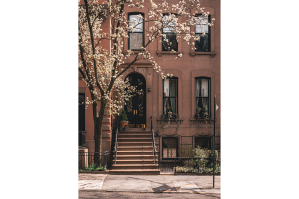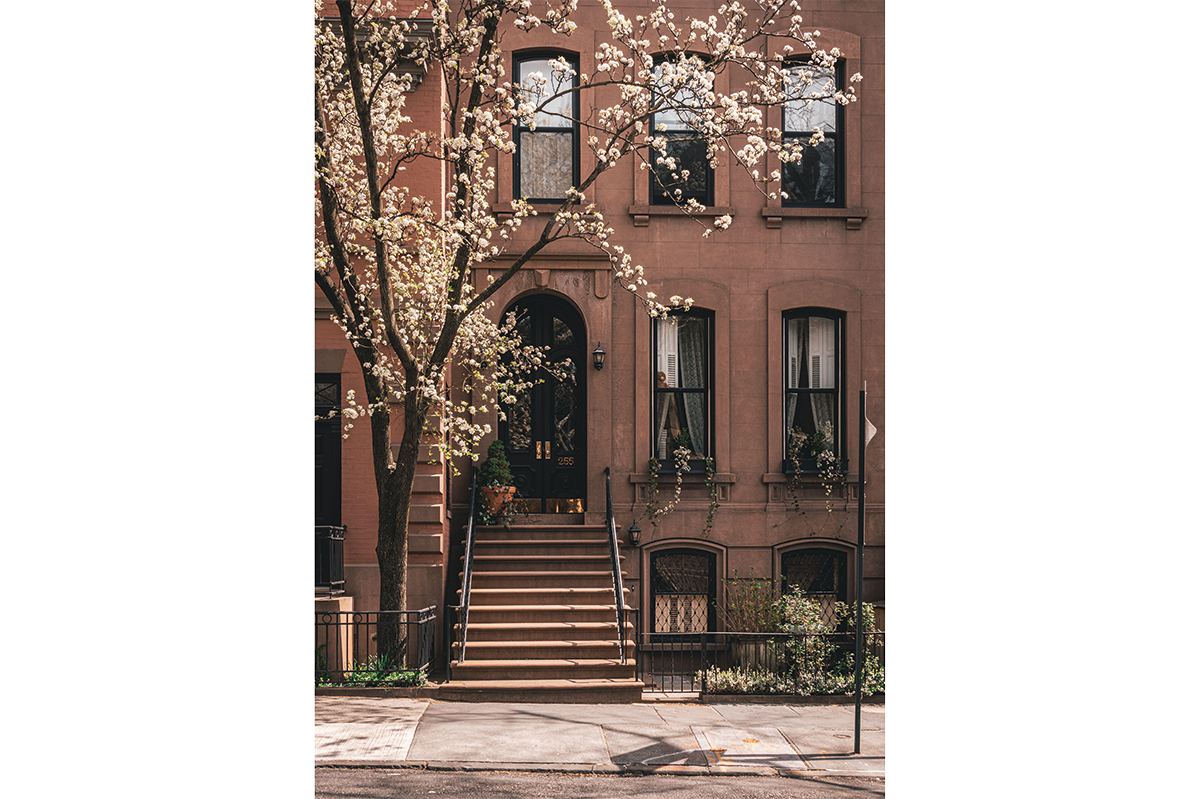At the Pacific Design Center Gallery in Los Angeles, artists have created an imaginary enormo-conurbation into which humanity’s billions have been herded, surrendering what’s left of the planet to wilderness. Views of Planet City, the resulting temporary exhibition, is all Blade Runner-esque, purple-neon cityscapes in miniature, VR games and costumes melding world cultures into one. The show riffs on Edward O. Wilson’s Half Earth hypothesis, the biologist’s 2016 proposal to remove humanity from half the planet to allow ecosystems to recover. It is an entertaining, clever and provocative exhibition, but it is fiction: it does not offer a set of instructions.
David Graeber and Nika Dubrovsky’s Cities Made Differently is a related exercise, billing itself as “a visual essay that asks us to reconsider our ideas about cities and the people who inhabit them.” It presents 29 ideas for cities rather than one, and is printed to suggest a blueprint, in cobalt, black and white.
Graeber, who died in 2020, was an American anthropologist, left-wing academic and the author of a 2018 hit book, Bullshit Jobs, which articulated with erudition many millennials’ sense of malaise about working life. Dubrovsky is an artist and Graeber’s widow. For this book, the pair are credited as co-authors. The accompanying release says that it was “drafted over decades out of a dialogue” between the two. But it’s likely that Dubrovsky has done most of the work here.
The format is somewhere between a comic and a textbook, perhaps anticipating young-adult readers short on attention, or readers of all ages. There are cut-out images, white spaces, cartoon faces, squiggly drawings, diagrammatic lines, a bewildering array of fonts and lots of exclamation marks.
Each city prototype, real or imagined, gets a bitesize summary — from Georgy Krutikov’s flying cities visualized in early Soviet-era Russia, to Christiania, the 1970s-built “freetown” area of Copen-hagen, to the Pritzker-prize-winning architect Alejandro Aravena’s contemporary social housing projects in Chile. That is followed sometimes, but not always, by rhetorical questions to the reader (“Would you like to be the lone resident of a stunning city run by robots?” “Imagine what a smart city might look like if the rules were written by a villain or a madman?”). Graeber pops up in the form of a cartoon and the odd interjection in quote marks, but otherwise his fluid tone seems largely absent.
The book does some things well. It’s an entertaining introduction to the conceptual common in contemporary architecture training. It encourages everyone, including children, to ask intelligent questions about where they live and how power is structured. It uses clear language and draws on lively examples of urban organization. The subterranean logistics network beneath the Magic Kingdom theme park at Disney World, Florida, was previously unknown to me.
But much of the information is selective. For example, a chapter entitled “The City of Play” imagines “carnivals, festivals, dancing and joy” as the citizens’ main pastime. It views Summerhill, the British boarding school without rules founded by A.S. Neill in 1921, as a beacon of unrestricted creativity, and quotes its founder equating rules imposed by teachers to fascism. No mention is made, however, of the allegations by Mikey Cuddihy, a former pupil, of sexual licentiousness at Summerhill under Neill’s watch in the 1960s.
A chapter called “Sanctuary City” presents the Line — a self-contained megacity to be powered by renewable energy, part of the Neom development under construction in the Saudi Arabian desert — largely in terms of how the finished phenomenon will look and function — albeit disapprovingly. It laments the “upwards of 1.8 billion tons of carbon dioxide” that the construction of the Line will emit (without attributing this estimate to Professor Philip Oldfield of the University of New South Wales). It seems odd not to mention at the same time the death toll of construction workers, long reported but estimated most recently in an ITV documentary at 21,000 since 2017, across the overarching Saudi Vision 2030 project. This is a book purporting to be concerned with cities for people. How could it ignore that?
In a closing chapter, Dubrovsky enthuses about her recent move to Rowley Way, a council estate designed by Neave Brown in north London in the 1970s, which she describes as a working example of an urban utopia, where “75 percent of the residents are non-owners.” But there is no acknowledgment of the splintering effects on such utopias, and the wider city, of policies such as Right to Buy and the resulting creep in private ownership. The omission is glaring.
There are other examples of facts presented selectively, and they rankle. Although designed like a blueprint, this is a romantic book, suggesting a hippyish yearning for autonomous, self-determined communities, but skating over inconvenient details. Artistic imaginings of prescriptive cities as fictions would have been a better approach, and more provocative.
This article was originally published in The Spectator’s UK magazine. Subscribe to the World edition here.


























Leave a Reply